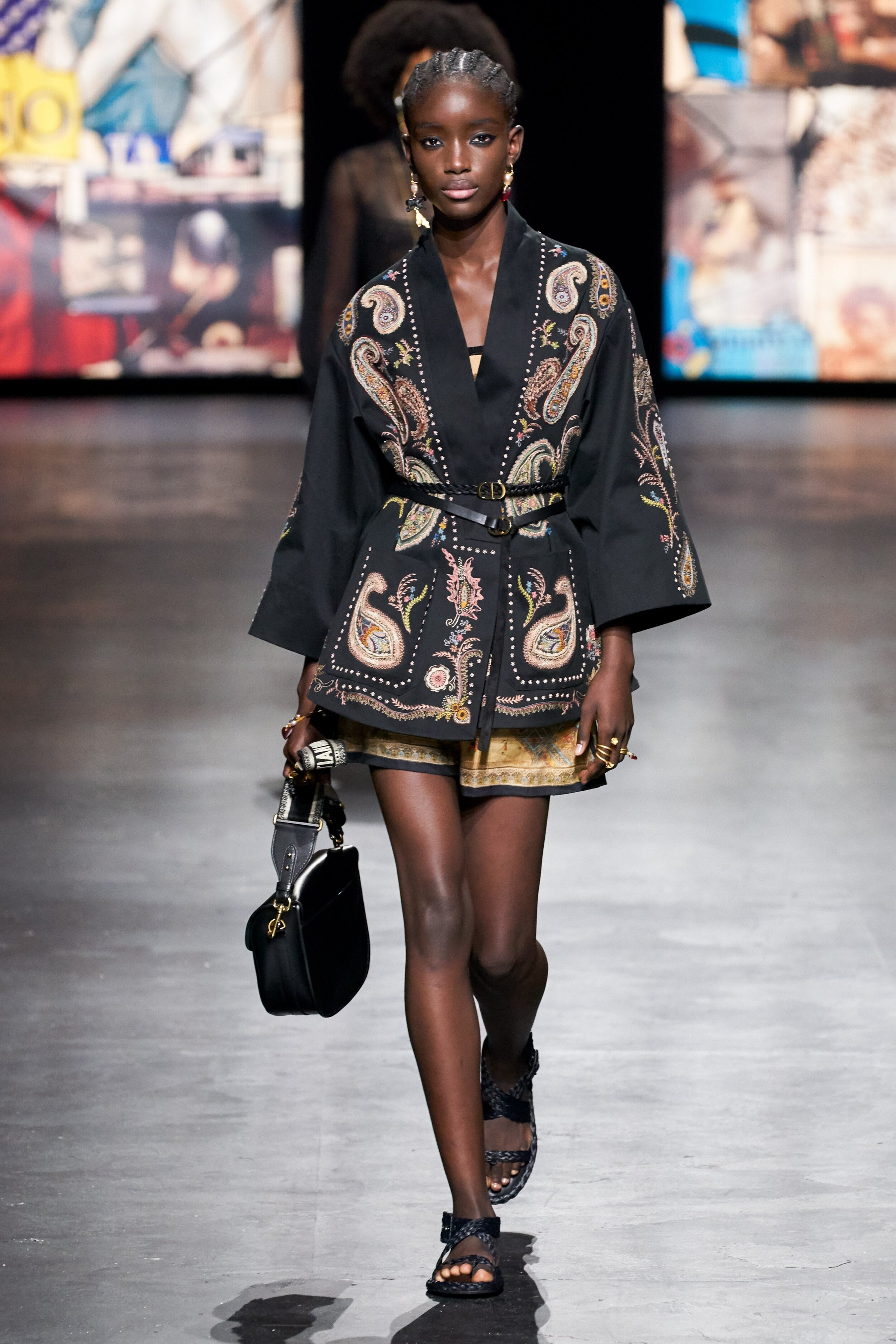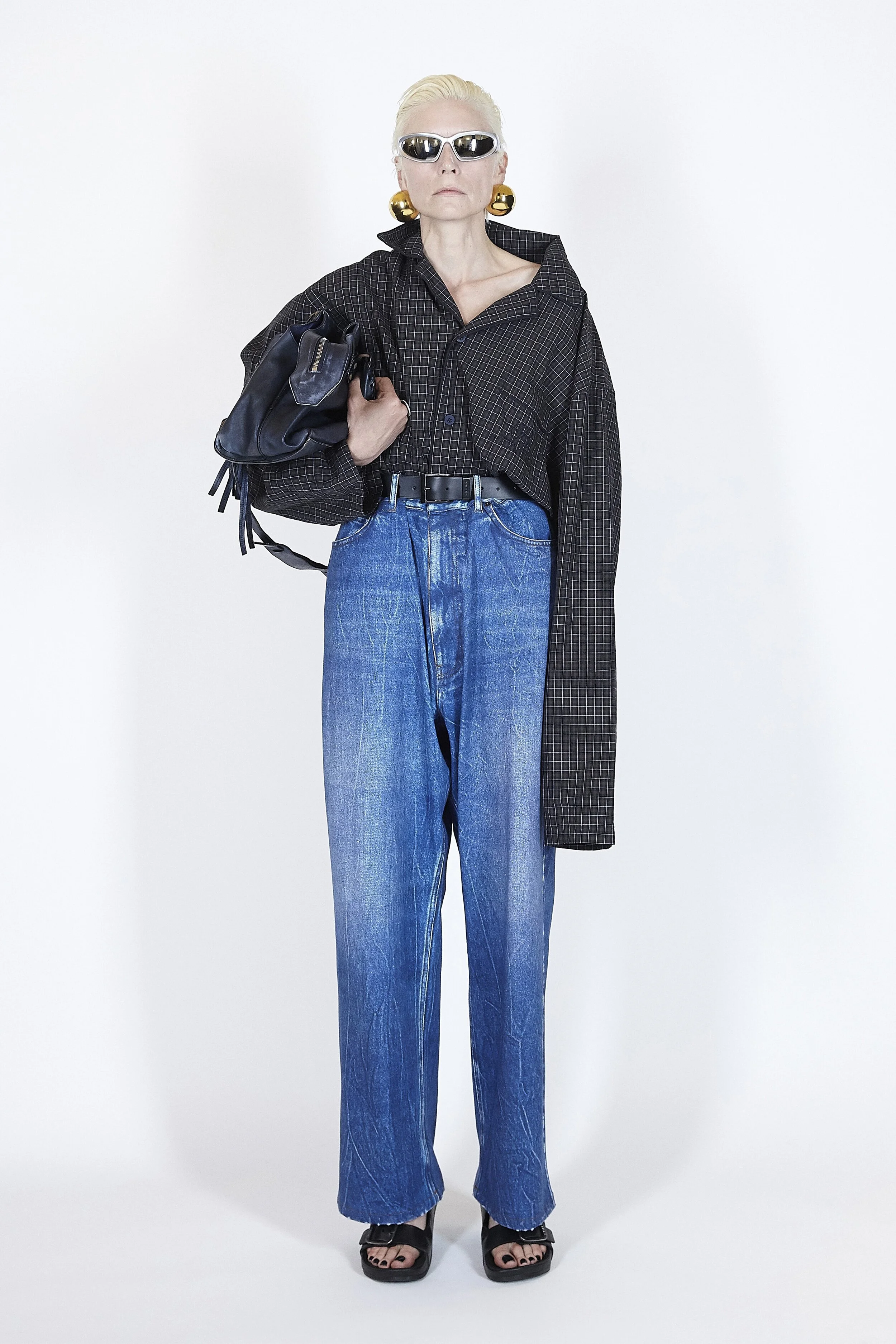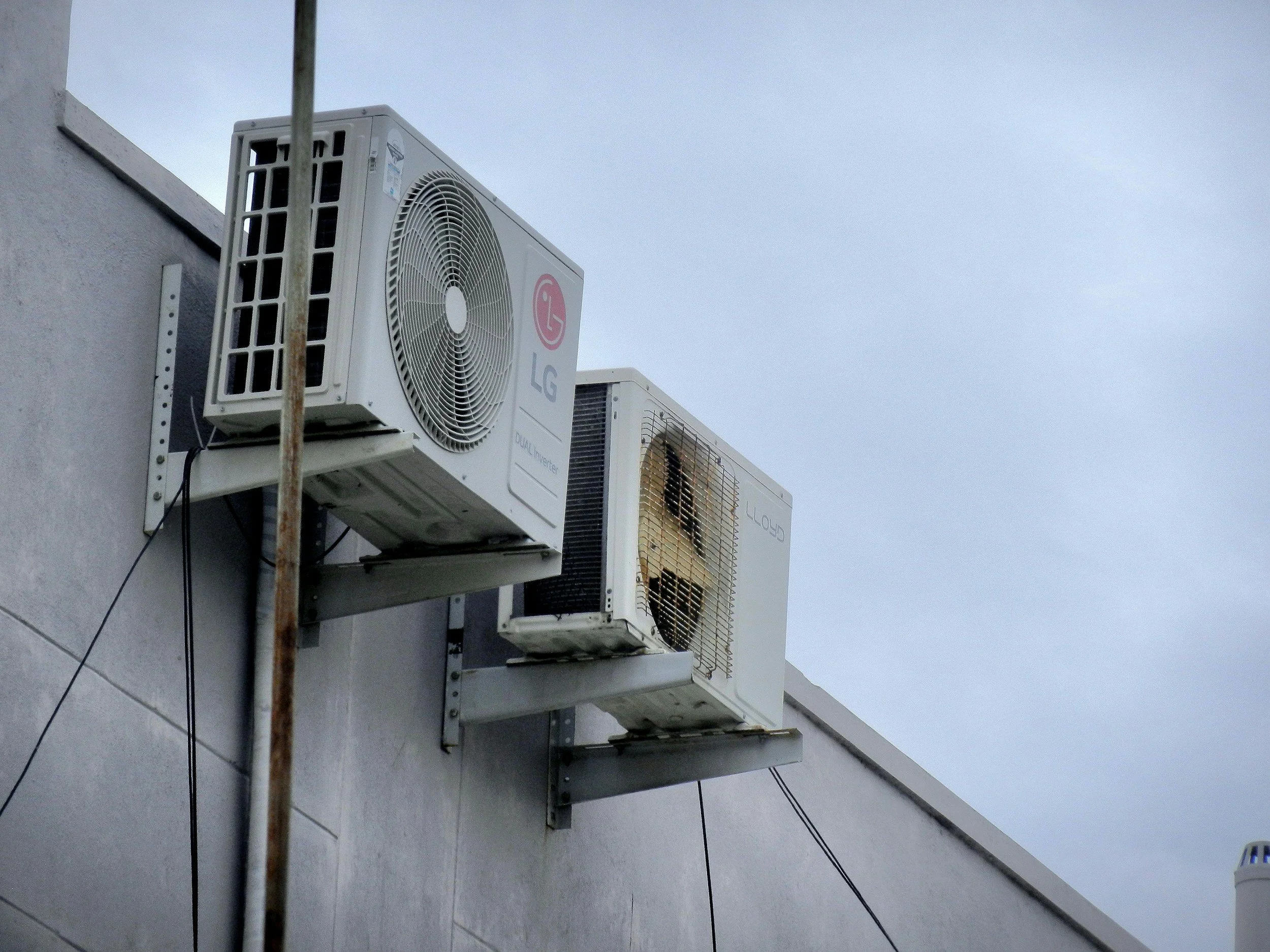An Intimate Look Into A Lockdown-Forced Fashion
Rick Owens, Vogue
In a recent conversation over Dior’s Spring-Summer 2021 collection reported in Vogue, Maria Grazia Chiuri, the head designer said that due to a pandemic lockdown, fashion has more become “dialogue with oneself” rather than a means of “expressing your opinions to other people.”
The idea of a necessary shift in perception from the outward to inwards seems intuitive. Given the pandemic, we are forced to spend an increased amount of time with ourselves, which, undoubtedly, changes our focus.
Dior, Vogue
The question is how does this “dialogue with oneself” look like in a fashion show? Inspired by the question, I explored some of the recent fashion shows in Paris and Milan to see whether we can observe the slip into a more introverted side of fashion, and if we can, what the “pandemic-induced intimate conversation with self” means for individual maisons and head designers.
I present the impressions of selected shows centered around three themes: Vision of the Future, the Sense of Self, and Appreciation of Tradition.
The Vision of The Future
The future of the world and fashion is the major preoccupation of all shows, and each show offers a very individualistic vision of it. The view of the future in the style of Rick Owens is dark and edgy, yet sexy and with an element of resilience. His Spring 2021 collection called “Phlegeton” (based on the name of one of the rivers in Dante’s “In Ferno”) situated in Venice features masked models with over the thigh-high platform boots (called “the waders”) and padded shoulders.
Rick Owens, Vogue
Models, which look like humanoid hybrids, catwalk on the smoke-veiled concrete portraying strength as a response of adapting to a new condition. Despite, at first sight, the apocalyptic vibe of the show, fashion can offer some optimism in the newly established existence. To freely paraphrase Owens, “as long as we have waders, we can walk over the rivers of hell”.
Rick Owens, Vogue
The major concern regarding the future of fashion is sustainability. Gabriela Hearst, by now a leader in promoting sustainability in luxury fashion, presented a carbon-neutral Spring 2021 collection in Paris putting at the forefront simplicity, comfort, and elegance.
Her message for the future is to radically embrace “sustainability as a new paradigm”, otherwise “fashion in 10 years will be impossible due to a shortage of biodiversity, water, and natural resources.”
Givenchy, Vogue
Sustainability as an inevitable part of the future of fashion was also present in Balenciaga’s Summer 2021 pre-collection in Paris. The collection staged as a music video for BFRND’s cover of Corey Hart’s “Sunglasses at night” features models in shades walking the streets of Paris at night. Boxy, genderless designs and interesting playfulness with proportions, body movement, and silhouettes are the collection highlights.
Givenchy, Vogue
As for the future of fashion, the head designer Demna Gvasalia approaches it consciously by using 93.5% upcycled or sustainable materials and prints with 100% sustainable certification. Similar to Owens, Gvasalia’s vision of survival in the darkness of the present times is with the attitude (and with a little help of accessories).
In that respect, a line in the song, which goes “I wear sunglasses at night to see the light that’s right in front of my eyes” is suggestive; the pandemic slowed us down, but that may not leave us hopeless. The lockdown gives the fashion industry much needed time to look for solutions to move forward with optimism and hope.
The Sense of Self
There is nothing more intimate than the bravery to accept oneself in any form or shape and “wear” it without compromise. Now, maybe more than ever, we have been witnessing movements and individuals demanding equality, appreciation, and a more inclusive society (e.g. Black Lives Matter, LGBTQ community movements, models talking pressures on losing weight).
Louis Vuitton, Vogue
Inclusivity made its noticeable breakthrough in both Milan and Paris shows. To name the few, the aforementioned Balenciaga’s show features models within a different age range, Louis Vuitton opts for non-binary designs in Paris Spring 2021 show, and Versace, for the first time in the history of this iconic maison, included plus-size women in its Spring/Summer 2021 collection.
Versace, Vogue
Appreciation of Tradition
Is it trivializing, given the turbulent social and economic times, for fashion to create beauty as an art purely for art’s sake? Not necessarily. In the Spring/Summer 2021 show, Maria Grazia Chiuri of Dior retains the maison's beauty trademark, namely a silhouette with a small tight waist and a midi full skirt/fabric below the waist, while incorporating it into a more relaxed (lockdown-appropriate) fit with flowy fabrics showcasing traditional Indonesian Ikat prints done in collaboration with women from Indonesia.
Dior, Vogue
An homage to the aesthetic tradition of the maison is also paid by Matthew Williams of Givenchy. The head designer combines the tradition of the maison, which is elegance and “surgical” tailoring, with his own artistic DNA, which is that of streetwear. The result is a collection that accentuates accessories (massive bags and massive chain belts), along with clean cuts and fittings.
Givenchy, Vogue
In the designer’s own words, the intention behind the collection was to showcase clothes that “feel like they’ve been touched by a human hand.” So, it seems that the future of Givenchy, through a lens of Williams, is “humanistic” in that it keeps honoring the tradition of clothes-making and appreciates the intimacy (that the pandemic jeopardized) between the designer’s vision, the tailoring and the fitting on the model.
The core purpose of fashion is to provide aesthetic pleasure through body adornment.
Fashion has never been merely about clothes. It has been a platform for reacting to social events, as well as a platform for showcasing personal battles, and visions (Alexander McQueen’s honest and highly artistic fashion shows inevitably come to mind).
Balenciaga, Vogue
Globally stricken by a pandemic, which happens to coincide with environmental, social, and political crisis leading to unprecedented changes, one may wonder if it became trivial and/or excessive to invest in a fashion show which can be a form of escapism, pulling away from reality into a beauty dreamland someone created for us when we have more pressing issues to address.
As we witness in recent shows, social activism and pure aestheticism are not mutually exclusive. The fashion show has become an engaging platform for voicing intimate concerns with the current state of the world and its future, but at the same time, it keeps the link with pure aestheticism, reminding us that we can relax and enjoy fashion for its own sake. And that’s OK.
I will conclude with speculation on a bigger question: what does the future have in store for fashion?
Balenciaga, Vogue
Fashion is becoming more utilitarian than it has ever been before. This is because it is time for the industry to give back both in terms of environmental preservation and in terms of ethical conduct towards people involved in the industry.
I see fashion (especially, luxury fashion) as a more inclusive place, evolving its aesthetics by allowing different types of beauties featuring the shows. I also see fashion as more responsible in terms of promoting long-term values and educating its customers on what is worth spending money on.
HOW DO YOU FEEL ABOUT FASHION?
COMMENT OR TAKE OUR PAGE READER SURVEY
Featured



















Water management plays an essential role in maintaining the safety and stability of a home.